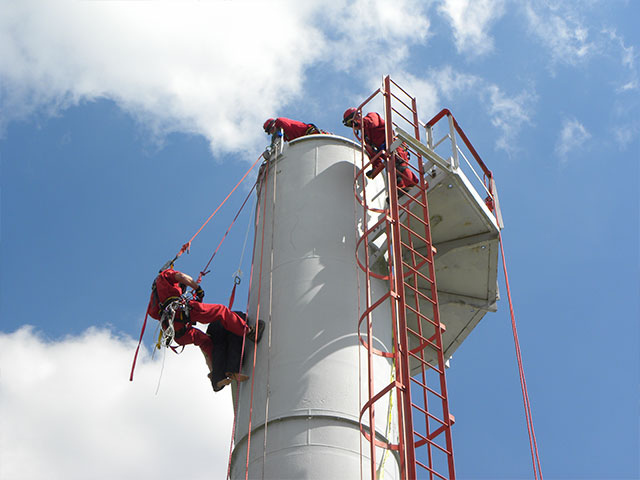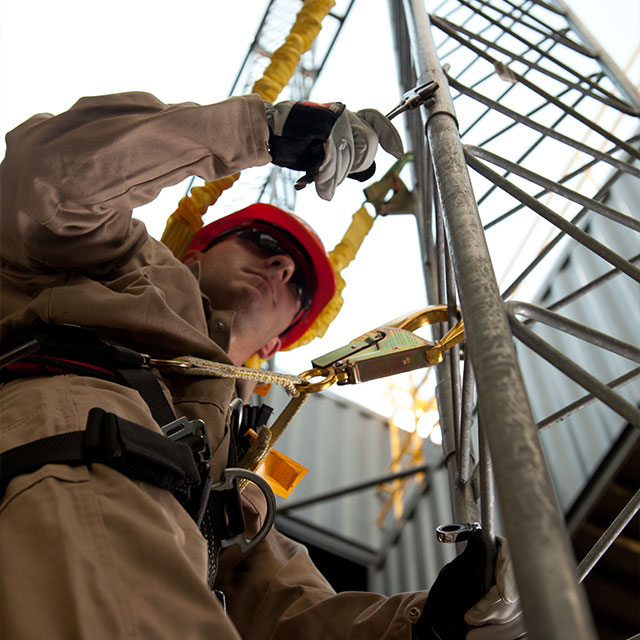 Roco Rescue Challenge 2013 came to a close on Thursday, October 10 with a great sense of camaraderie. Teams benefited by sharing techniques, strategies and accomplishments. All seven participating teams did an extraordinary job. Congratulations to each and every one of you!
Roco Rescue Challenge 2013 came to a close on Thursday, October 10 with a great sense of camaraderie. Teams benefited by sharing techniques, strategies and accomplishments. All seven participating teams did an extraordinary job. Congratulations to each and every one of you!
Director of Training, Dennis O’Connell summed Rescue Challenge up eloquently. “Hope you never run into a scenario in real life as hard as the ones you've had at Challenge ’13,” he chuckled as he gave the closing remarks.
Make sure to check out our Facebook page to see photos from Rescue Challenge 2013!

 Rescue Challenge 2013 opened this morning, with clear blue skies and delightful 72 degree weather.
Rescue Challenge 2013 opened this morning, with clear blue skies and delightful 72 degree weather.
 Roco’s new Hierarchy of Fall Protection Safety Poster provides guidance on how to protect your workers from fall hazards by illustrating a series of steps in making safer choices as job duties are approached. It clearly explains the need for employers to make every attempt to abate fall hazards at their work sites by starting with the most protective level of fall protection. OSHA and ANSI references are used to emphasize the need for proper training and “fallen or isolated worker-at-height” rescue pre-plans when appropriate.
Roco’s new Hierarchy of Fall Protection Safety Poster provides guidance on how to protect your workers from fall hazards by illustrating a series of steps in making safer choices as job duties are approached. It clearly explains the need for employers to make every attempt to abate fall hazards at their work sites by starting with the most protective level of fall protection. OSHA and ANSI references are used to emphasize the need for proper training and “fallen or isolated worker-at-height” rescue pre-plans when appropriate.  Roco is excited to announce that beginning in 2014, we will offer a ProBoard/IFSAC option conducted by the Carrol L. Herring Fire & Emergency Training Institute for select Roco courses at the Roco Training Center (RTC) in Baton Rouge. Students choosing the ProBoard option will complete both a written and skills exam. Upon successful completion of this certification process, they are then eligible to be entered into the ProBoard’s certification registry.
Roco is excited to announce that beginning in 2014, we will offer a ProBoard/IFSAC option conducted by the Carrol L. Herring Fire & Emergency Training Institute for select Roco courses at the Roco Training Center (RTC) in Baton Rouge. Students choosing the ProBoard option will complete both a written and skills exam. Upon successful completion of this certification process, they are then eligible to be entered into the ProBoard’s certification registry.



